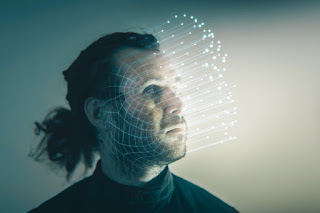Facial-recognition technology is
already being used for applications ranging from unlocking phones to
identifying potential criminals. Despite advances, it has still come under fire
for racial bias: many algorithms that successfully identify white faces still
fail to properly do so for people of color. Recently the National Institute of
Standards and Technology (NIST) published a report showing how 189
face-recognition algorithms, submitted by 99 developers across the globe, fared
at identifying people from different demographics.
Along with other findings, NIST’s
tests revealed that many of these algorithms were 10 to 100 times more likely
to inaccurately identify a photograph of a black or East Asian face, compared
with a white one. In searching a database to find a given face, most of them
picked incorrect images among black women at significantly higher rates than
they did among other demographics. This report is the third part of the latest
assessment to come out of a NIST program called the Face Recognition Vendor
Test (FRVT), which assesses the capabilities of different face-recognition
algorithms.
More information:


